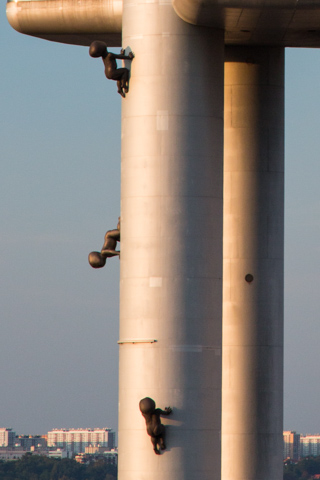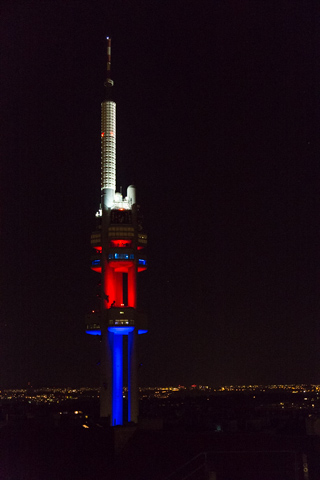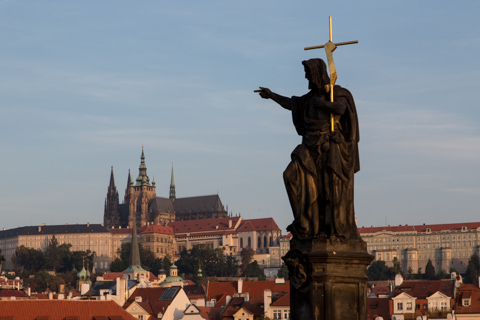
This is Saint John the Baptist holding a golden cross and pointing the way down the Kings Road with the Prague Castle and St. Vitus Cathedral in the background.

I was headed toward the Old Town Square before all the tourists awakened.
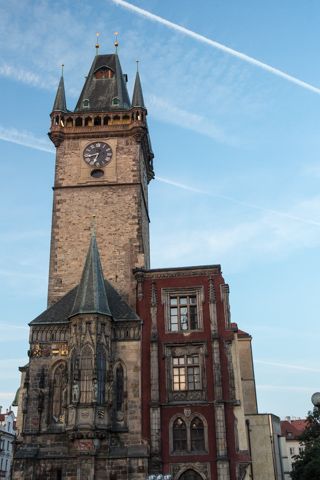
The Old Town Hall is a unique building which is comprised of several structures over time. The original start was in 1338 with the clock tower being added in 1364. The last house was joined in 1879. So still pretty old.

The clock is composed of three main components: the astronomical dial, representing the position of the Sun and Moon in the sky and displaying various astronomical details; "The Walk of the Apostles", a clockwork hourly show of figures of the Apostles; and a calendar dial with medallions representing the months.

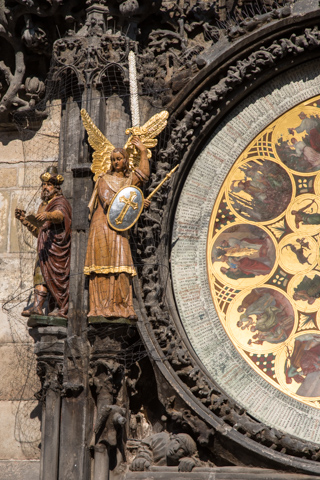
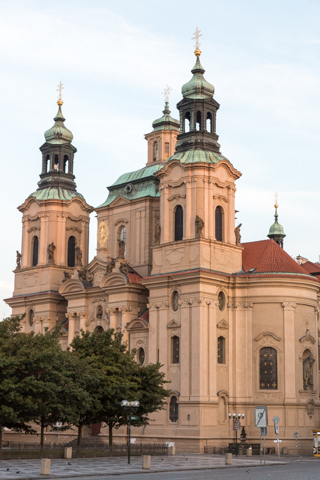
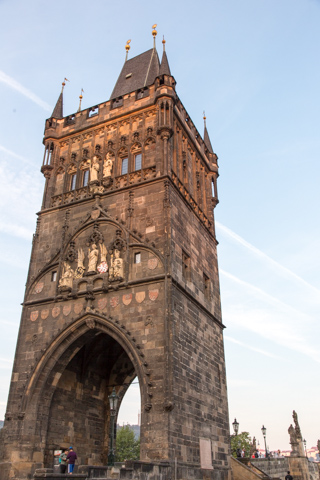
Over the years this historic Tower held the heads of Protestant leaders executed in Old Town Square in 1621 and was also the site of the last conflict of the Thirty Years War in 1648.
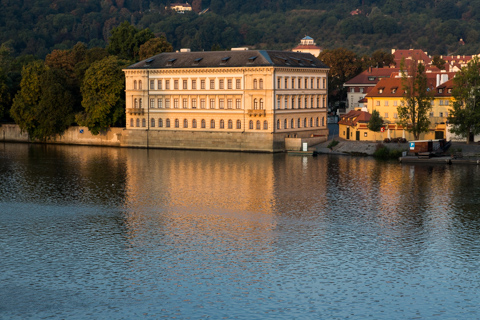
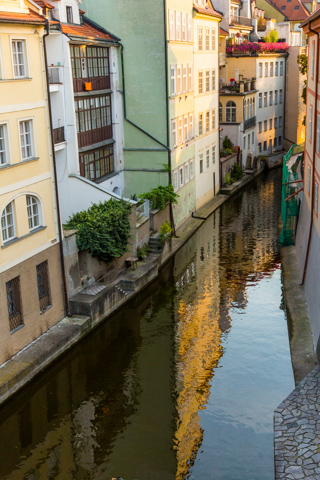

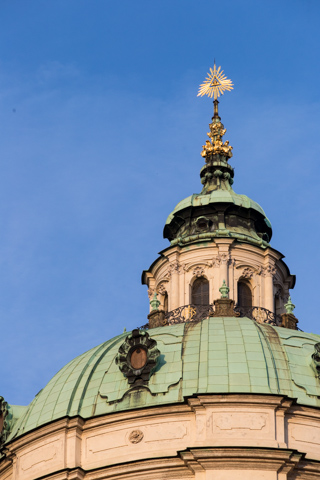
The church was built from 1704-1755 on the site where formerly a Gothic church from the 13th century stood, which was also dedicated to Saint Nicholas. Much like the church with the same name in the Old Town.
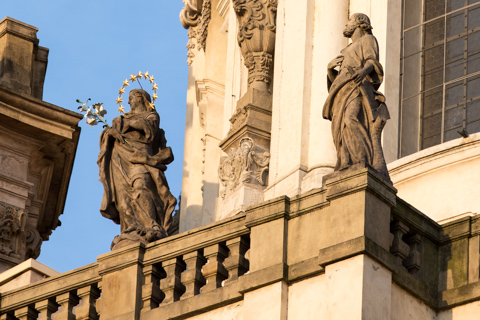
During the communist era the church tower was used as an observatory for State Security since from the tower it was possible to keep watch on the American and Yugoslav embassies respectively and the access route to the West German embassy.

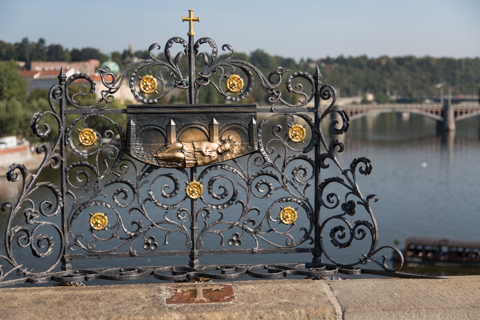
This is the exact point where the priest was thrown in the water in the year 1383. Legend has it that stars appeared when he touched the water.
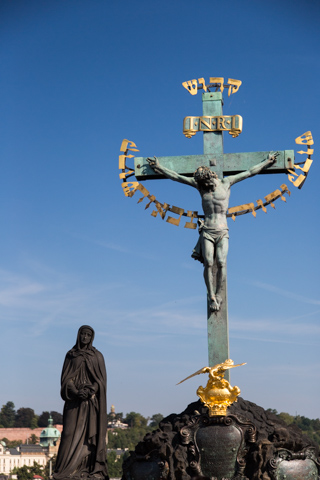

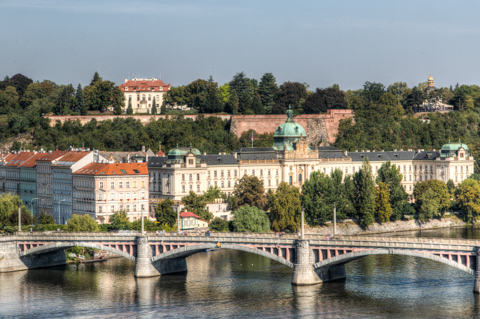
The building in the upper left serves as the residence of the Prime Minister for the Czech Republic.
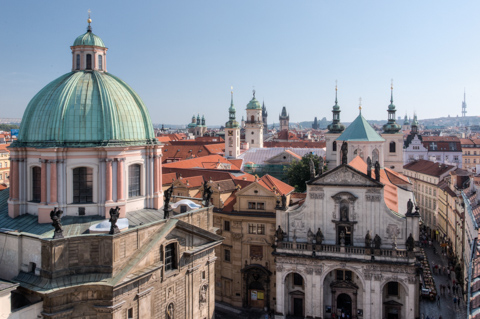
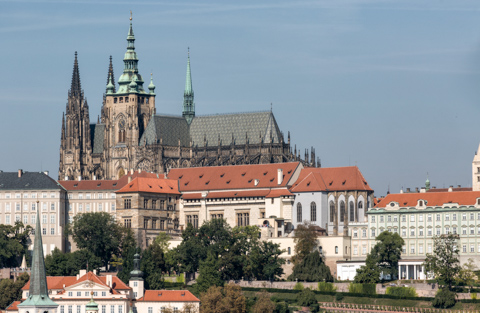
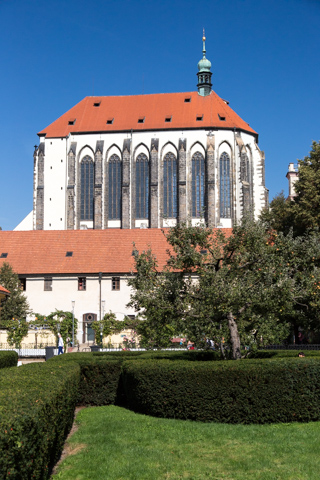
Due to the detour to the Secret Garden we also stumbled into a photography exhibit of Steve McCurry a very good National Geographic photographer. The show was in the monastery.

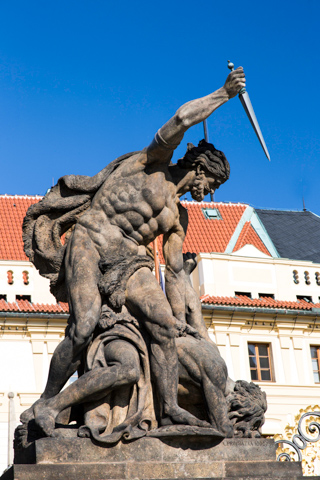
There are huge statues at the Palace gates.
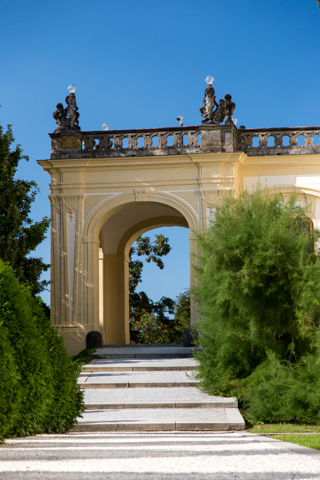
The Palace is the official residence of the President of the Czech Republic.
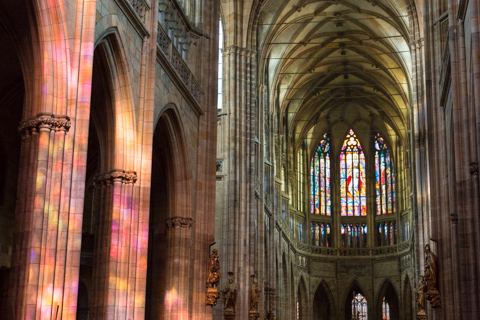
It was not finished for several hundred years and was finally completed in 1920.
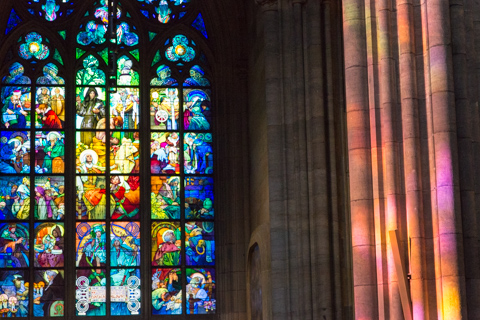
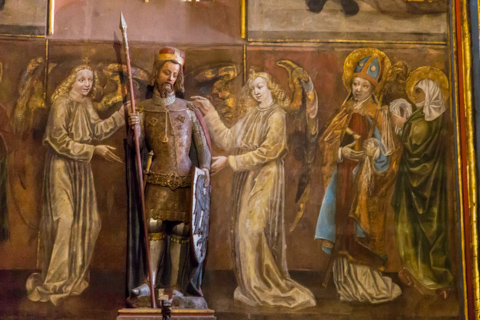
The cathedral had many chapels but its most popular one is St. Wenceslas Chapel which is dedicated to the country's patron saint. This chapel was built during the 14th century and is above St. Wenceslas' tomb. The wall frescoes show biblical scenes and St. Wenceslas' life.
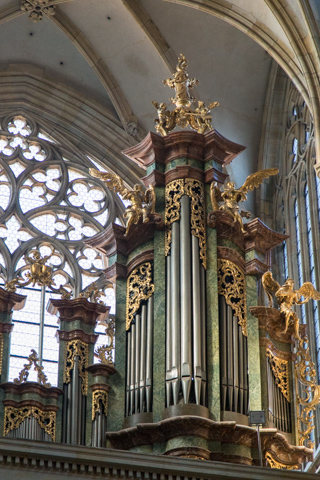
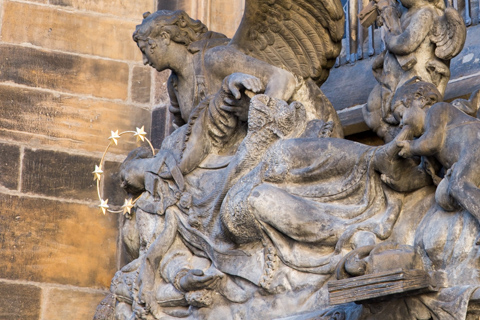
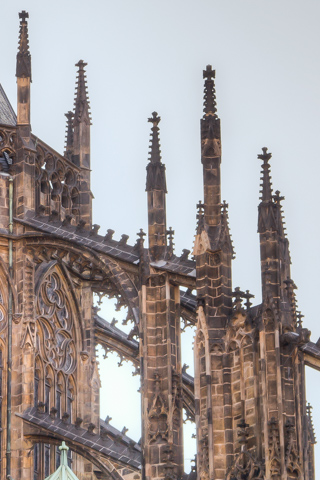

The lower three pods, approximately half-way up the length of the pillars at 207 feet, house a restaurant and cafe bar.
